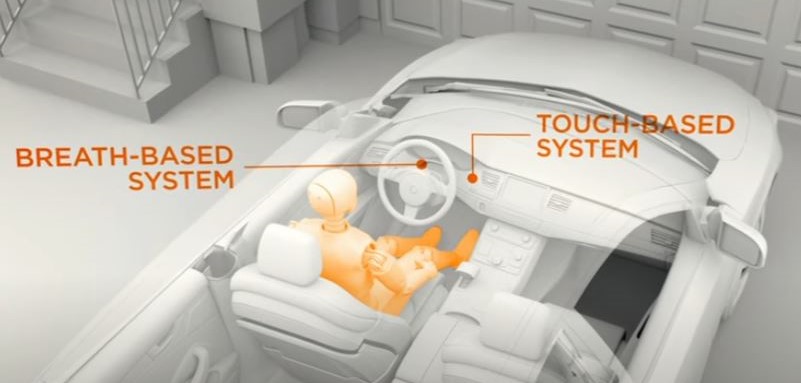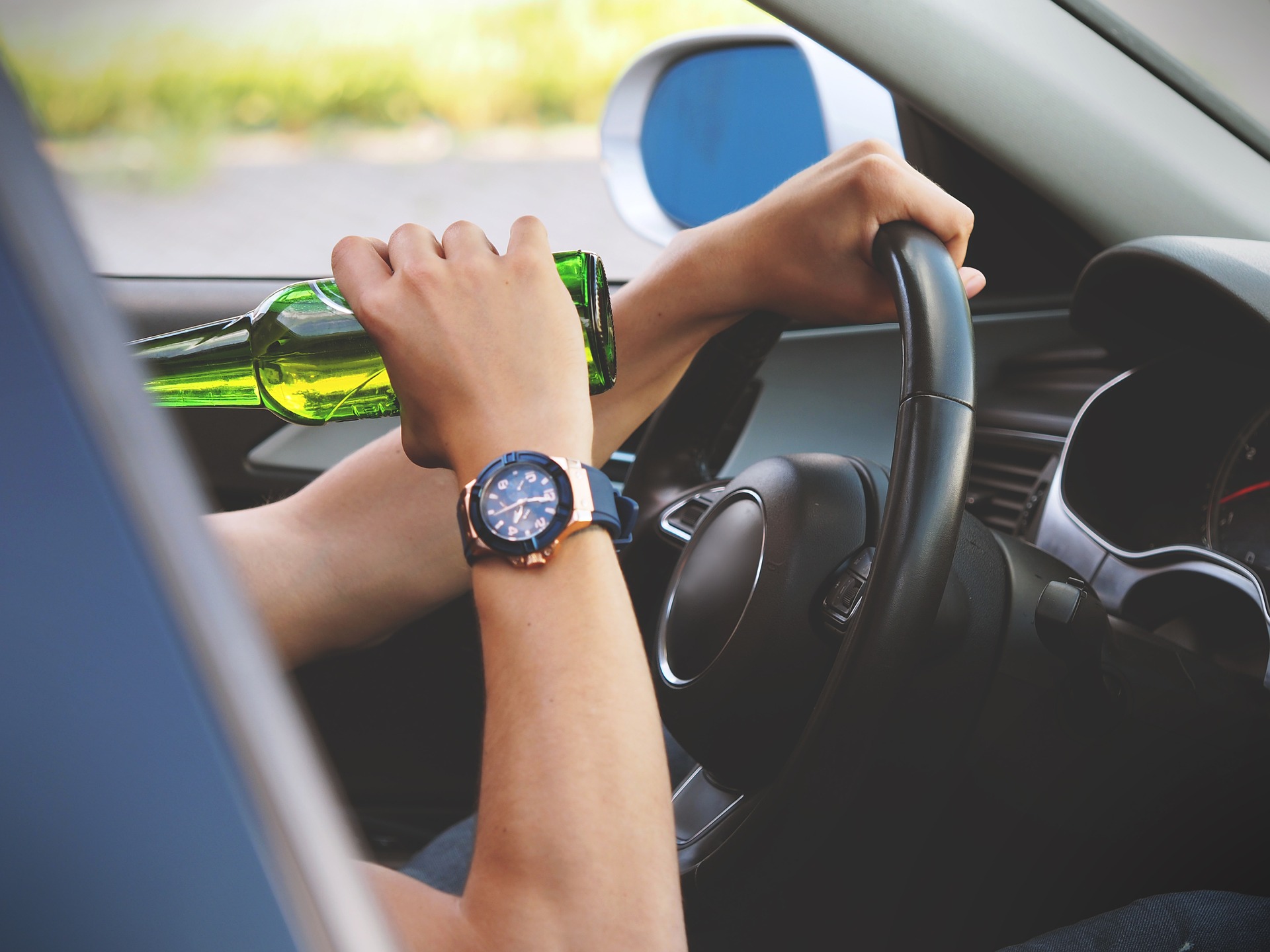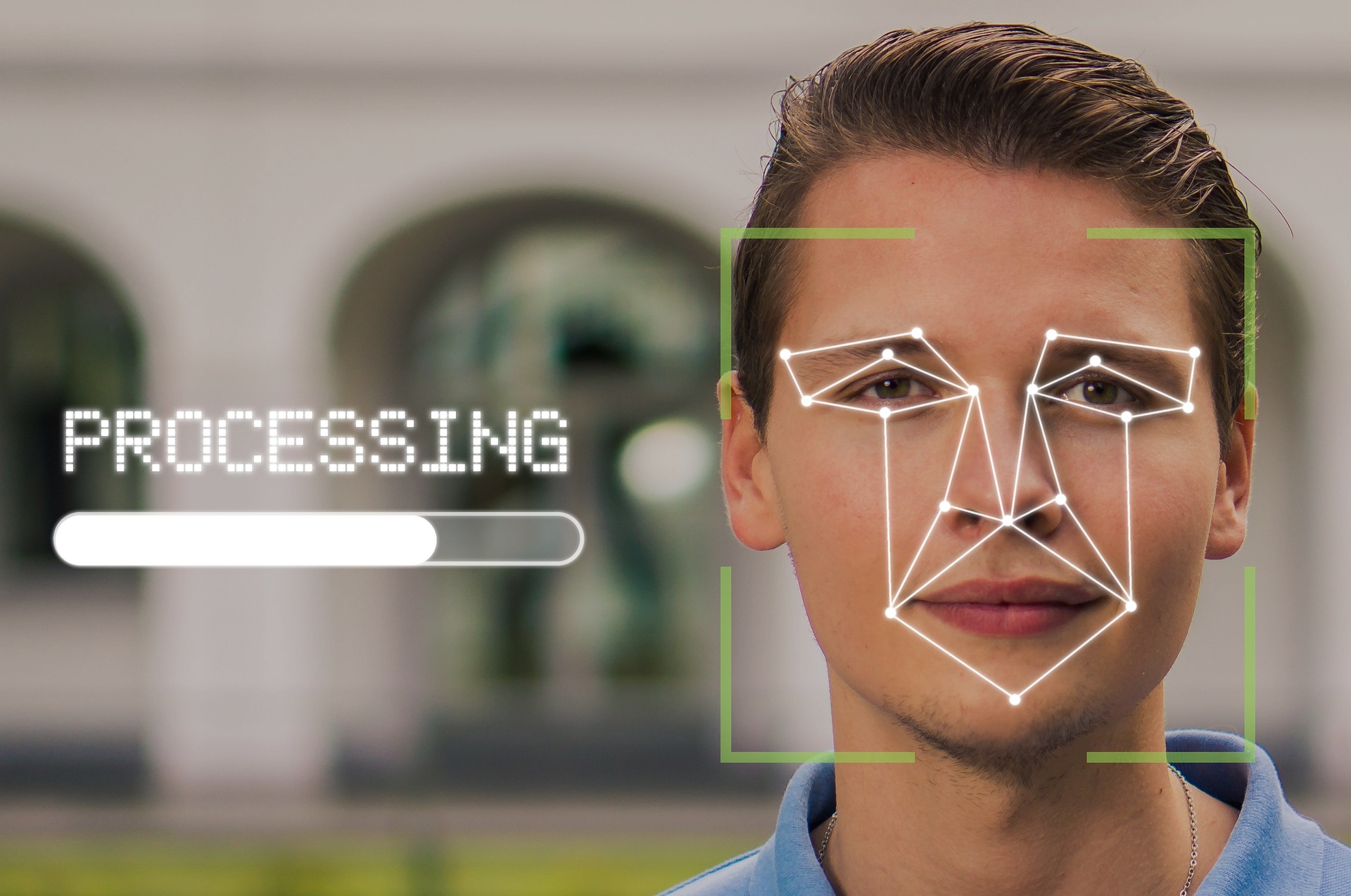음주운전 사고로 인해 안타까운 사망사고가 지속적으로 발생하고 있다. 음주운전에 대한 안일한 인식 탓에 재범율이 45%에 이르는 가운데 시민 안전과 피해 방지를 위해 음주운전 시동잠금장치를 설치하는 법안이 주목을 받고 있다.
음주운전 시동잠금장치 도입 박차, EU·美 적용 中
기술 취약점 보완 위해 생체인증 장치 도입 전망
음주운전 사고로 인해 안타까운 사망사고가 지속적으로 발생하고 있다. 음주운전에 대한 안일한 인식 탓에 재범율이 45%에 이르는 가운데 시민 안전과 피해 방지를 위해 음주운전 시동잠금장치를 설치하는 법안이 주목을 받고 있다.
이에 따라 ‘음주운전 시동잠금장치법안’이 제대로 작동하기 위해선 대리 측정을 방지하는 안면 인식기술이나 비접촉 음주 측정 센싱 기술 등이 핵심 기술로 부각될 전망이다.
■ 음주운전 시동잠금장치 도입 관련법 논의 급물살
지난 1일 김기현 국민의힘 의원 외 82인이 ‘도로교통법 일부개정법률안’을 발의했는데 이에 따르면, 음주운전 방지장치 규정을 신설하고 운전자가 음주운전으로 처벌받았을 때 음주운전 방지장치를 부착하고 조건부 운전면허를 발급받아 운전할 수 있도록 하는 내용을 골자로 법안을 발의했다.
비슷한 법안이 야당에서도 발의됐는데 정우택 더불어민주당 의원 외 16인은 지난달 28일 같은 이름의 법안을 발표하며, ‘음주운전 시동잠금장치 제도’ 도입의 필요성을 언급했다.
이를 통해 음주운전 재발 방지를 위한 장치 설치를 의무화하고 이를 위반하는 경우 면허 취소 및 처벌 규정 마련에 관한 내용의 개정안을 발의했다. 이외에도 발의된 개정안들 중 총 9건이 음주운전 시동 잠금장치 설치를 포함하고 있다.
국민권익위원회에서도 올해 안에 경찰청에 관련 조치를 권고하는 만큼 음주운전 시동잠금장치 제도화 논의가 급물살을 타며 제도화 기대감이 한층 높아지고 있다.
■ 해외, 음주운전 방지장치 신차 탑재 中

▲DADSS(Driver Alcohol Detection System for Safety)(캡처-DADSS Research Program 유투브 채널)
음주운전 재범자가 개인 차량에서 음주 측정을 시도할 때 대리 측정을 방지할 수 있는 기술이 시장에서 함께 요구되고 있다.
이미 음주 운전 방지를 위한 제품이 개발돼 일부 국가에 적용된 상황으로, EU는 2022년 7월 이후 신규 출시되는 모델에서는 음주운전 시동 잠금장치를 설치할 수 있는 기능이 모든 차량에 기본 사양으로 적용하도록 제도를 운영하고 있다. EU에서는 유죄 판결을 받은 음주운전자가 운전 금지 대신 음주운전 시동 잠금장치를 선택할 수 있도록 규정하고 있다.
더불어 이미 음주운전 시동 잠금장치를 상습 음주운전 전과자에게 의무 설치하는 미국은 고속도로 교통안전국에서 운전자 음주 감지 시스템을 적외선 및 호흡 분석기와 터치 센서 등을 활용해 차세대 생산 차량에 적용하기 위한 협력을 진행하고 있다.
미 교통안전국은 로드맵을 통해 DADSS(Driver Alcohol Detection System for Safety) 호흡 및 터치 센서 개발을 진행하고 있으며, 호흡 감지 시스템의 소비자 시장 출시는 2024년까지, 터치 시스템은 2025년까지 출시되도록 로드맵을 설정해논 상태이다.
국내는 경찰청에 음주단속장비를 공급하는 센텍코리아가 이미 음주운전 시동잠금장치인 ‘ALX3000’을 개발해 시장에 선보이고 있다. 알코올 감지 센서가 탑재된 음주측정부 핸드셋과 더불어 차량 배선에 연결해 시동을 관리하는 컨트롤박스로 구성된 장치를 통해 운행 전 음주측정을 실시하고 음주운전 방지가 가능하다.
■ 얼굴인식, 핵심 기술 전망…산업현장·운전보조 활용 高
그러나 대리측정을 방지할 솔루션이 탑재돼 있지 않는다면, 향후 음주운전 방지장치는 기술적 취약점으로 인해 소위 음주운전자들의 ‘꼼수’를 막을 수 없게 된다. 이를 보완하기 위해선 안면 인식 등 생체인증 기술과의 연동이 필수적으로 수반될 필요가 있다.
생체인식 전문기업 유니온커뮤니티는 얼굴인식을 활용한 생체인증형 음주측정 솔루션을 통해 운송분야 산업현장에서의 근태관리 및 음주운전 차단 등을 도모하고 있으며, 바이오인식 기업 슈프리마는 서울교통공사에 지문인식과 RFID 카드 인식을 통한 음주측정 관리시스템을 2020년부터 공급해 산업 안전 관리를 도모하고 있다.
한편, 이러한 안면 인식 기술에 더해 운전자 졸음 방지 등 다양한 행동인식 솔루션이 운전 보조 시스템에 활용되기 위해 개발 및 제품화 단계에서 왕성한 움직임들이 포착되고 있다.
영상 기반 인공지능 기술은 운행 보조, 운전 습관 데이터 수집 및 분석, 운전자 안전 사고 방지 등의 솔루션에 다수 채택돼 운전보조시스템으로 활용되고 있는 추세이다. 향후 각종 사회 안전망에 인공지능 기반 솔루션·서비스 탑재가 고도화되며 관련 산업계 활성화가 기대되고 있다.

